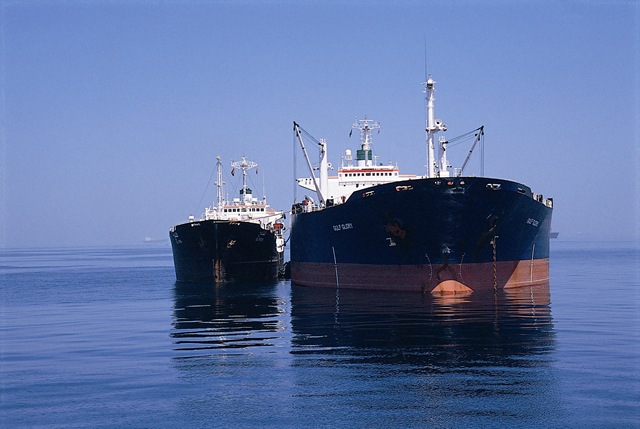November 6, 2020: Singapore’s bunker sales are expected to remain steady to slightly higher throughout 2020 on a year-on-year basis, despite expectations of dwindling global demand for bunker fuels as the coronavirus pandemic continues to dent demand for many commodities, including marine fuel.
Total marine fuel sales in Singapore, the world’s largest bunkering port, rose 5.6% year on year to 37.13 million mt over January-September, latest Maritime and Port Authority of Singapore data showed.
“Singapore will continue to grow its marine fuel volumes in the next few months,” an industry consultant said.
This comes as some industry forecasts point to a 7%-17% drop in global bunker sales for the year as the industry that had to earlier transition to the International Maritime Organization’s low sulfur mandate has been hammered by tough market conditions worldwide and faces amplified credit risks in these uncertain times.
“Shipowners and operators are increasingly coming to Singapore for trouble-free bunkering,” the consultant said, adding that the mass flow meters mandate has cemented Singapore’s position further as a reliable bunkering hub.
Singapore mandated the use of MFMs for fuel oil deliveries from Jan. 1, 2017 and the use of MFMs for all distillate bunker deliveries from July 1, 2019. MFMs measure the flow rate in the pipe, gauging the quantity as well as the mass and density of the fuel.
The city-state in October also launched two new bunkering standards — Singapore Standard 660:2020 and Technical Reference 80:2020. This has increased transparency and provides further quality assurance in the maritime industry, which is already reaping the benefits of productivity enhancements and cost savings after the implementation of TR 48, industry sources said.
The purpose of TR 48 was to document principles, requirements and procedures in the application of mass flow metering to bunker in Singapore.
MPA’s concerted efforts to evoke licenses of errant bunker players has also provided a level playing field for bunker suppliers and enhanced the integrity of the system, a bunker supplier said.
Singapore also has an effective bunker licensing system, making it a preferred port because buyers are assured of the quality and quantity, another source said.
Some other ports worldwide are either launching or making plans for a similar scheme. The Port of Rotterdam said in October it was, along with some smaller Dutch ports, advancing plans to apply a bunker licensing scheme from February 2021.
OTHER FACTORS
Singapore offers a “great strategic location and strong infrastructure”, making it a favorable bunkering hub, a shipping source said.
The city-state’s wide offering of products has also enabled it to weather the storm as the lull in global bunker demand sets in, another industry source said, adding that Singapore was among the few ports globally that continues to offer high-sulfur bunker fuel.
Estimates provided to S&P Global Platts by some of Singapore’s bunker suppliers showed that low sulfur bunker fuel sales in October were likely to be slightly lower than September’s sales of 2.9 million mt.
However, the expected lull in LSFO sales in October would likely be tempered by strong HSFO sales as an increasing number of ships install scrubbers and make bunker calls at the Port of Singapore, as well as by strong low sulfur marine gasoil sales, some sources said.
October bunker sales data has yet to be released, and is usually published on the 13th of the each month.
“Low sulfur marine gasoil prices were near parity to LSFO prices for much of October, so some shipowners preferred substituting their LSFO bunker purchases with LSMGO,” another Singapore-based bunker supplier said.
Delivered Singapore LSMGO prices averaged $324.96/mt in October, while MF 0.5% S averaged $319.30/mt, Platts data showed.
Singapore has also been facilitating crew changes for all nationalities from ships of different flags during the pandemic through a “safe corridor”. The Port of Singapore has facilitated more than 50,000 crew changes since March 27, MPA Chief Executive Quay Ley Hoon said at an event on Nov. 3.
This has aided international trade and, in part, boosted bunker prospects amid the restrictions posed by the global coronavirus pandemic, trade sources said.
Source: S&P Global Platts







